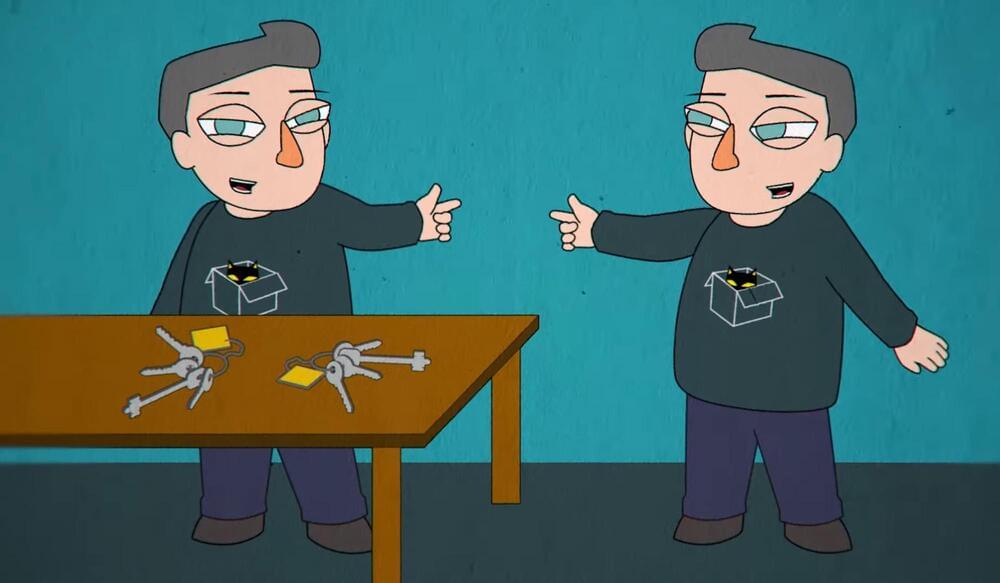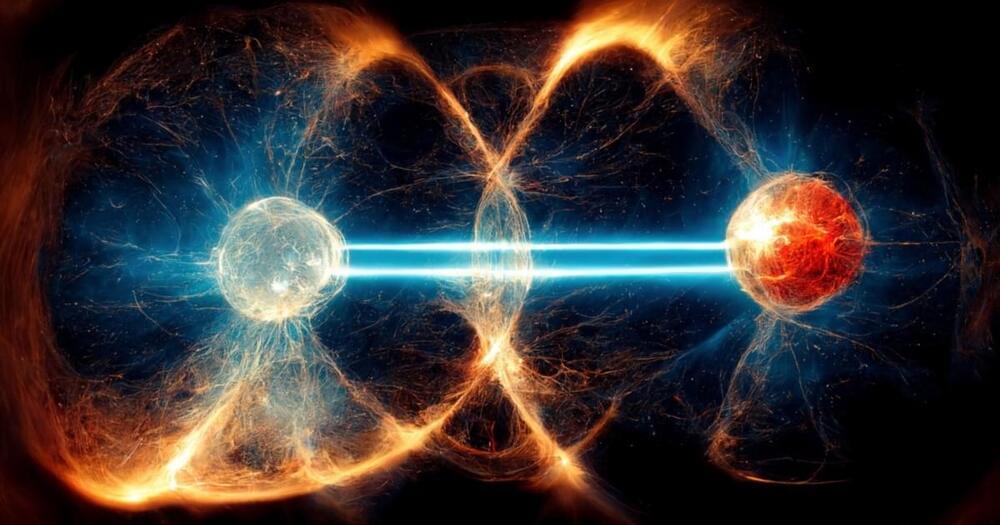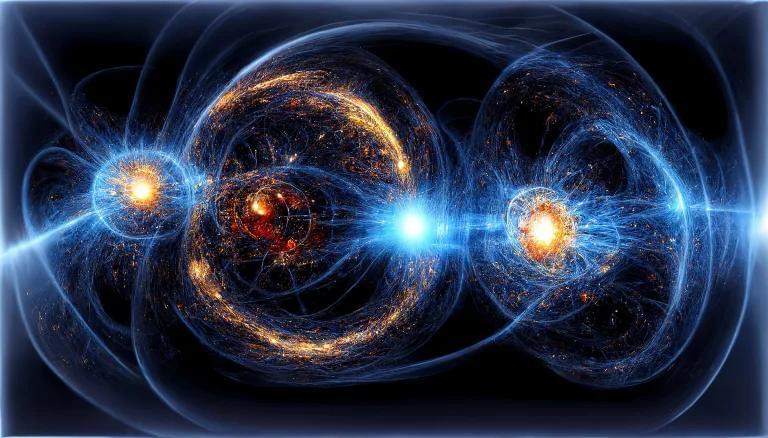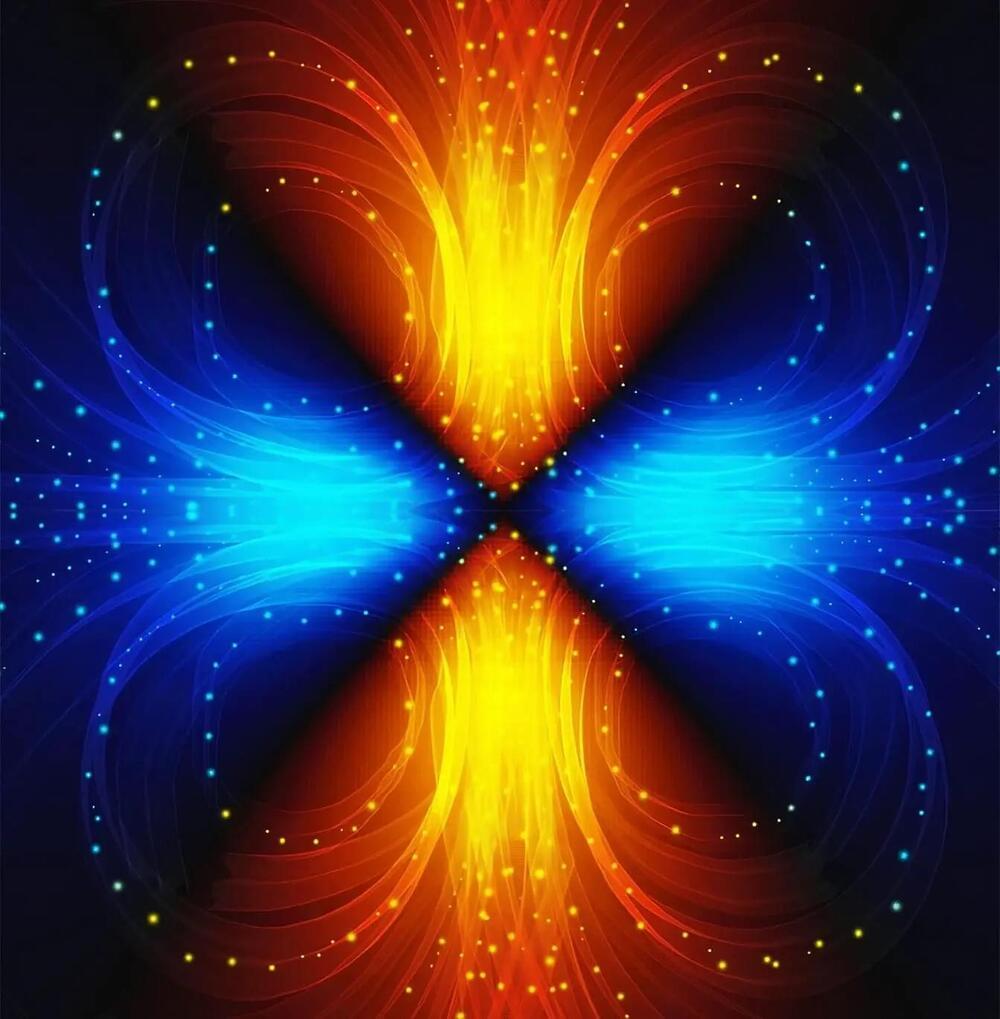Short and sweet. Everyone needs a daily dose of Sabine.
Is science close to explaining everything about our universe? Physicist Sabine Hossenfelder reacts.
Up next, Physics’ greatest mystery: Michio Kaku explains the God Equation ► https://youtu.be/B1GO1HPLp7Y
In his 1996 book “The End of Science”, John Horgan argued that scientists were close to answering nearly all of the big questions about our Universe. Was he right?
The theoretical physicist Sabine Hossenfelder doesn’t think so. As she points out, the Standard Model of physics, which describes the behavior of particles and their interactions, is still incomplete as it does not include gravity. What’s more, the measurement problem in quantum mechanics remains unsolved, and understanding this could lead to significant technological advancements.





